John Hurrell – 12 July, 2011
So here we have one series emulating soft romantic landscapes and the other an unforgiving ‘concrete jungle'. Both invite you to linger and speculate on the artificiality of their constructed space, the conventions for element placement, the cues that trigger off illusions of depth, and different ways of enclosing a rectangular field.
Auckland
Beate Gϋtschow
Curated by Charlotte Huddleston
15 June - 15 July 2011
This exhibition by the German artist Beate Gϋtschow in Gallery One, one can confidently say, is quite unusual. It is out of the ordinary for two reasons. Firstly the size of the photographic prints is distinctive - bigger than anything you would see in this country, for New Zealand doesn’t have the necessary technology of Germany or the States. Secondly her method is intriguing - she makes digitally hybrid scenes of architectural vistas or landscapes where various Photoshopped elements are taken from a large pool of photographs, these fragments then selected, stored and placed in newly devised compositions. She has collections of components such as rivers, trees, buildings, figures, pathways and clouds that she dips into and blends to create new composite images.
Gϋtschow presents two sorts of work. One type, called S (for Stadt) consists of black and white images of brutalist modernist architecture ‘photographed’ outside in an imaginary city. Notably bigger than the other LS ones, and under glass and framed, they are bleakly dystopian, showing the homeless and destitute huddled in the shadows of distant car bays, and hard hostile rectangular buildings that dwarf all human occupants.
The other variety, LS (for Landschaft), feature coloured images of ersatz pastoral landscapes complete with fields, rivers and cloudy skies. These compositions (unframed but placed within wide borders) range in allusion from Lorraine to Giorgione, with trees or figures often to one side in the foreground, and rivers and copses in the distance. They appear more ‘realistic’ than the S series photographs, though they (like say the work of related artist Andreas Gursky) have a collaged feel. Occasional parts look snipped out and separated from their original backgrounds.
So here we have one series emulating soft romantic landscapes and the other an unforgiving ‘concrete jungle’. Both invite you to linger and speculate on the artificiality of their constructed space, the conventions for element placement, the (perhaps culturally specific) cues that trigger off illusions of depth, and different ways of enclosing a rectangular field.
Emotionally I’m really drawn to the warm softness of the landscape works, plus their painterliness, but the scale, the unusual physicality of Gϋtschow’s urban scenes presents a different sort of excitement - an icy, vaguely sci-fi surrealism that you can almost climb up and step into - albeit nervously. They have a restrained menace, an agoraphobia perhaps, like in the best de Chirico paintings. Creepy but compelling.
John Hurrell
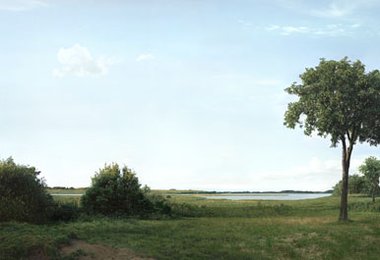
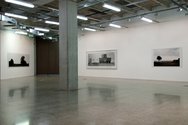
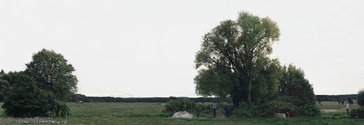
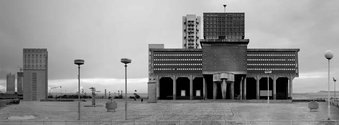
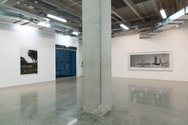

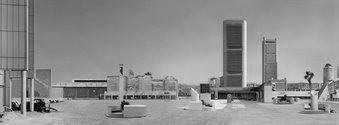
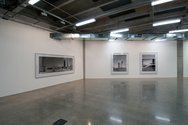
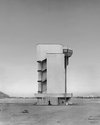
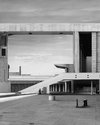
 Two Rooms presents a program of residencies and projects
Two Rooms presents a program of residencies and projects Advertising in this column
Advertising in this column



This Discussion has 0 comments.
Comment
Participate
Register to Participate.
Sign in
Sign in to an existing account.